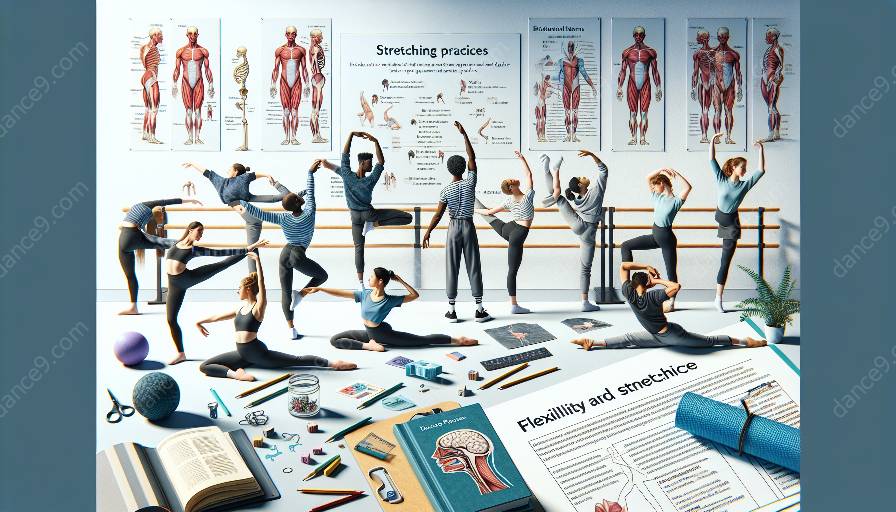As dancers strive for peak performance, understanding the optimal frequency of stretching is crucial for maintaining flexibility and improving overall health.
The Importance of Flexibility and Stretching for Dancers
Flexibility is a key component of dance performance, enabling dancers to execute movements with ease and grace.
Stretching plays a vital role in enhancing flexibility, as it helps to lengthen and relax muscles, improve joint range of motion, and prevent injuries.
Dancers require a balance of flexibility and strength to perform demanding routines, and a proper stretching regimen is essential for achieving this balance.
Optimal Frequency of Stretching for Dancers
The optimal frequency of stretching for dancers depends on several factors, including their level of training, performance schedule, and individual body needs.
For general maintenance of flexibility, dancers should aim to incorporate stretching into their routine at least 3-4 times per week.
However, dancers preparing for performances or intensively training may need to stretch daily to maintain and improve their flexibility.
It's essential to include a variety of stretching techniques, such as static, dynamic, and proprioceptive neuromuscular facilitation (PNF) stretching, to ensure comprehensive muscle conditioning and flexibility improvement.
Benefits of the Right Stretching Regimen
Adopting the right stretching regimen offers numerous benefits for dancers:
- Injury Prevention: Regular stretching helps reduce the risk of muscle strains, tears, and other dance-related injuries.
- Improved Performance: Enhanced flexibility allows dancers to achieve greater range of motion, fluidity, and extension in their movements.
- Stress Relief: Stretching can serve as a form of mental relaxation and stress relief, promoting overall mental well-being.
- Muscle Recovery: Stretching aids in muscle recovery by promoting blood circulation and reducing stiffness after intense workouts or performances.
- Posture Correction: Consistent stretching can help correct postural imbalances and promote better alignment, which is essential for dance technique.
Enhancing Physical and Mental Health in Dance
In addition to the benefits of flexibility and stretching, dancers can further enhance their physical and mental health through:
- Cross-Training: Including activities such as Pilates, yoga, or strength training to complement dance training and improve overall fitness.
- Rest and Recovery: Allowing adequate rest and recovery time between intense training and performances to prevent burnout and injuries.
- Mindfulness Practices: Incorporating mindfulness techniques, such as meditation and breathwork, to promote mental focus, stress management, and emotional well-being.
Conclusion
Finding the optimal frequency of stretching for dancers is an ongoing process that should be tailored to individual needs and dance demands. By incorporating the right stretching regimen and focusing on physical and mental well-being, dancers can maximize their flexibility, enhance their performance, and maintain a balanced and healthy dance practice.


































